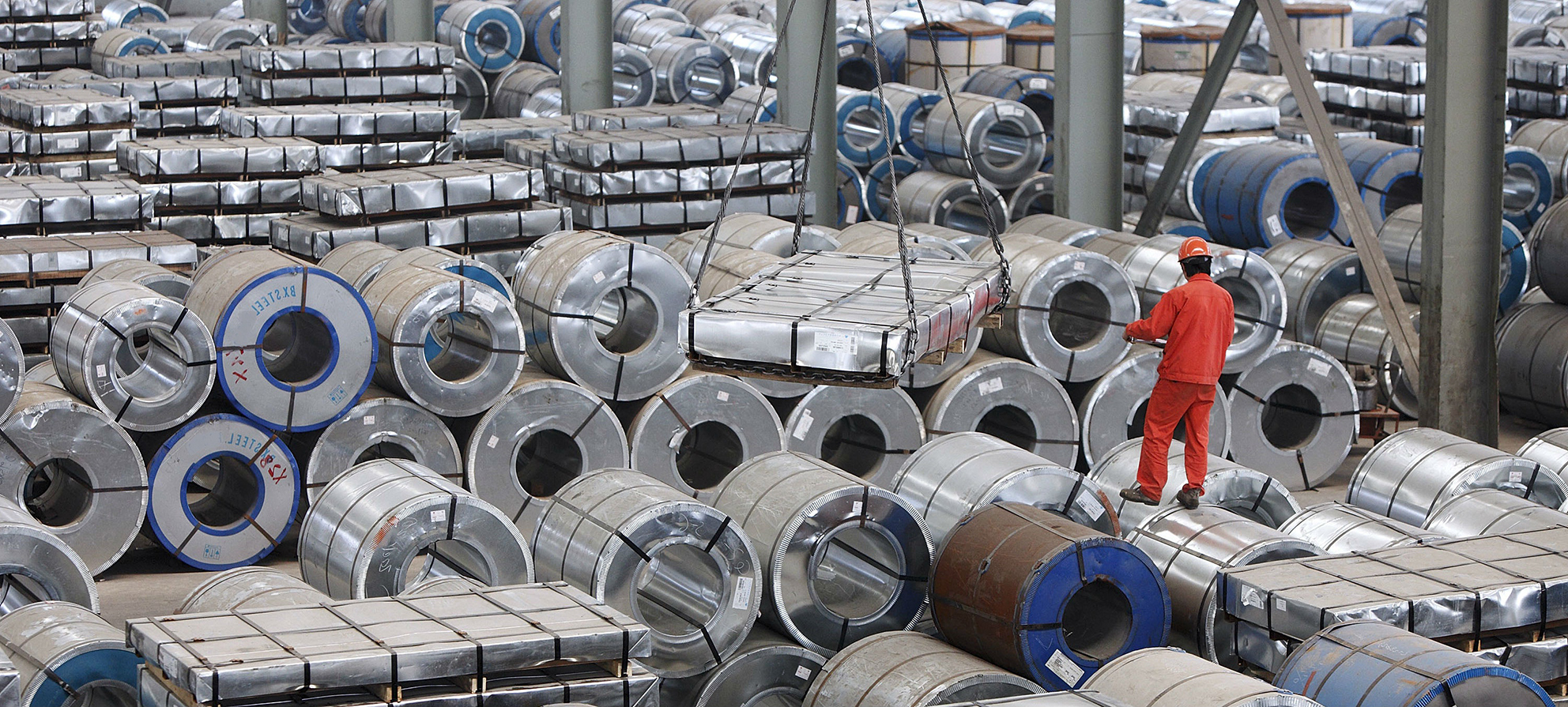Experts argue that raising the tariff bulwark against steel dumping has been effective.
According to data released by the Iranian Mines and Mining Industries Development and Renovation Organization, 1.9 million tons of crude steel and steel products worth $1.2 billion were imported during the first half of the current Iranian year (started March 20), indicating a 5.9% and 1.6% drop in volume and value compared to last year respectively.
Some say tariffs could be augmented even more to further balance the domestic market, as the decline in imports has had more to do with the lack of domestic demand for steel than the boosted duties.
The move, however, does have its share of critics. Some believe the duties slapped on certain raw materials required by industry’s downstream sectors, such as flat products, has limited smaller player’s access to international offerings, leaving them at the mercy of major domestic steelmakers’ pricings.
This has, in turn, raised the finished prices of steel products and limited their competitive edge in international markets. They posit that tariffs must be guided away from primary materials such as sheets toward finished products.
Competitive Edge
Competition is essentially good for business and markets. By pitting firms against each other in a game of profit and survival, they achieve their fullest potential.
Adam Smith, the father of modern economics, described it as the exercise of allocating productive resources to their most highly valued uses and encouraging efficiency. In fact, competition is generally accepted as a necessary condition for the coordination of different interests via the market process.
Sometimes, however, competition gets out of hand. The market balance is disturbed by a producer that has become so unreachably competitive, through amassing a massive production capacity and intense economies of scale, that the competition is undercut in the process. The most notable instance of this phenomenon can be witnessed in the steel industry of China.
The industrial goliath handles more than half the world’s steel and exports. Backed by the Chinese government and supported through low-interest loans and incentives, Chinese steelmakers have been aggressively dumping their products into the global markets at significantly cheap prices, disturbing the steel markets’ balance and gradually taking over the market share of other producers.
This practice hurt steelmaking countries, including Iran. In fact, Iranian companies have been lobbying for years to raise steel import tariffs to shield themselves against the Chinese onslaught.
The Iranian government did finally respond. First, steel importers were barred from using the official exchange rate (which is set lower than market rates) during the first months of the previous Iranian year (March 2015-16) and later this year, raised import tariffs on various steel products to a maximum of 20%.
The newly approved import tariffs include a 5% hike for steel ingots to 15% and a 10% jump for hot and rolled sheets to 20%, in addition to a 10% rise for plated steel sheets to 20%.
Advocates and Critics
Amin Sa’di, the head of the board of directors of West Alborz Steel Company, believes that although the tariff hike has been effective, it is still inadequate, the Persian economic daily Donya-e-Eqtesad reported. The industry player calls for further raising the import duty on ingots from the current 15% to 35% and duties on finished products from 20% to 50%, describing the practice as “common” in the global steel industry.
He notes that the practice must continue up until domestic market demand exceeds local output.
Considering the slow growth rate of domestic steel consumption and the industry’s rapid steel capacity-making, the optimal time for abolishing the tariff bulwark seems to be quite far away.
“The issue of higher tariffs, although a positive move, could have negative side effects for the domestic market,” says Asadollah Farshad, the managing director of Iranian Ghadir Iron and Steel Company.
According to the industry player, the absence of foreign competition could bring about a monopoly on steel products for the country’s larger producers.
The most notable instance of such a practice can be witnessed in Iran’s auto sector, in which the producers, firmly backed by the government and shielded from any foreign competition, failed to improve the quality of their products and meet the domestic demand at competitive prices.
The isolation of the domestic steel sector can impede Iran’s progress toward joining World Trade Organization.
According to Farshad, the government must strive to keep the negative aspects of the tariff bulwark in check by fostering domestic competition and closely monitoring supply and demand.
The practice must continue until the market is balanced and can rejoin international trade.
A private steelmaker believes that the side effects are already showing.
According to Bahman Ahmadi, managing director of Foolad Bahman Steel Company, the boosted duties have only benefited the country’s major producers and private steelmakers have been left out in the cold.
The managing director believes the government has put too much faith in major steelmakers’ nominal production capacity and their ability to provide the required feedstock for downstream sectors.
“No longer held back by the onslaught of cheap imports, Iran’s major steelmakers took over the domestic market in the absence of foreign competition and raised the prices to make up for their diminished profit margins during the recession,” he said.
“This has put the end-users like us under immense financial pressure.”
Ahmadi called on the government to revise the implemented duties and reduce them on certain products used in the downstream sector, such as galvanized and cold-rolled sheets.



